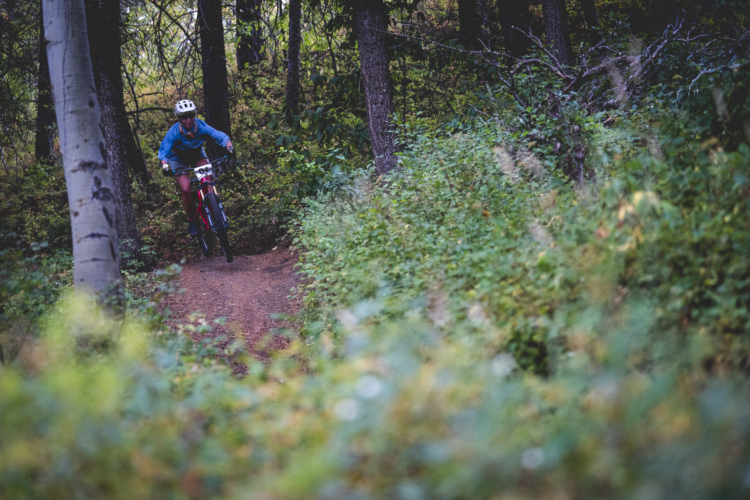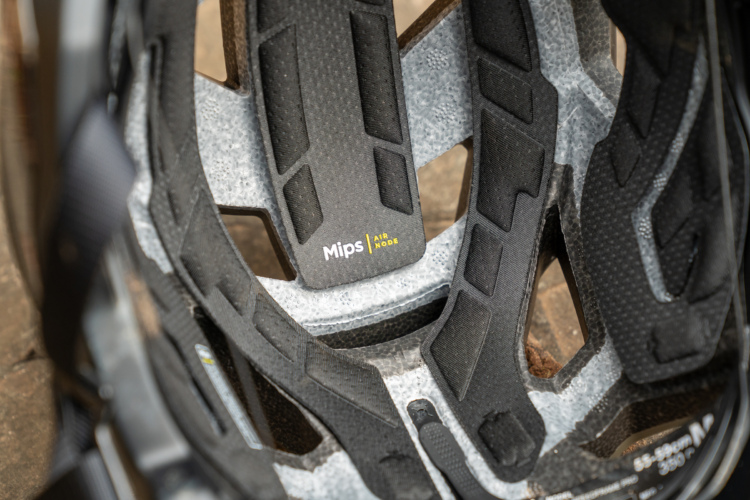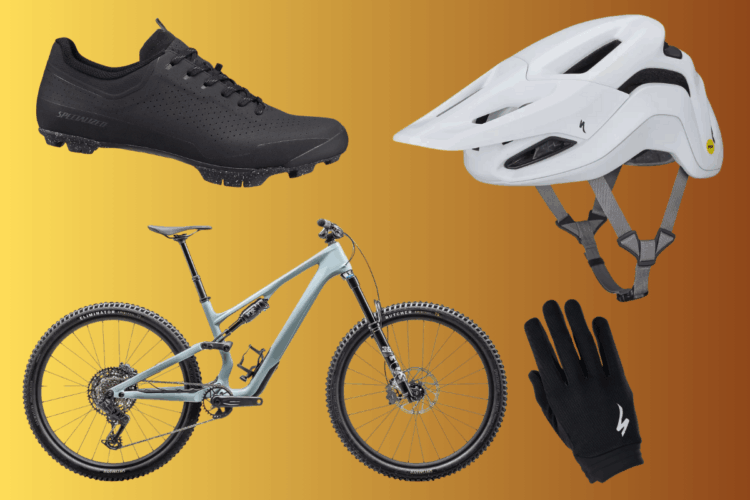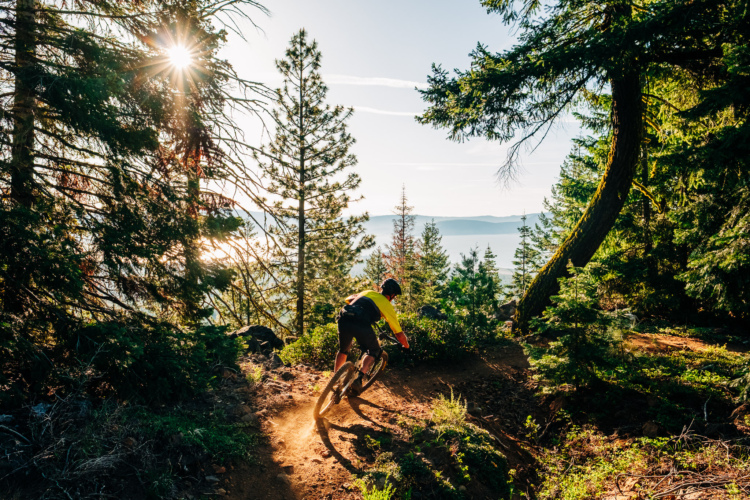
From the summer of last year through the end of 2020, we started to report on wildfires more frequently, and the multiple US Forest Service districts that were closing their parks, shutting down recreational access. It happened in California, in Oregon, Idaho, and quite a few times in my own home state of Colorado, where the Grizzly Creek fire, Williams Fork fire, Cameron Peak fire, and others were burning enormous amounts of land.
Not only did some rides become impossible for some time, but they felt quite miserable. High elevation rides with big fires just an hour away turned the usually thin, sharp air into a dry, abrasive stream of oxygen. By the end of the ride, friends and I were mildly coughing, like someone left chicken on the stovetop skillet for too long. Our air quality index ranged from 150 to the 300s, bouncing between ‘unhealthy’ and ‘very unhealthy.’ Friends in the Northwest posted photos of their Mordor-esque landscapes, where the AQI was in the 400s – a ‘hazardous’ level, which recommends that everyone in the area avoid outdoor exercise.
With the pandemic still in full effect, facing the reality that even exercising in the outdoors — socially distanced or solo — is hazardous, is like releasing a contained dolphin back into the ocean, and then netting it back up because there are too many sharks in the bay. Mental and physical health management and risk assessment got real tricky, again.
A few trail systems in Colorado shut down. Most reopened somewhat quickly, although one has remained closed. Aside from the fact that land managers were still conducting safety assessments of the burnt parks, and dealing with downed or hazardous trees — the obvious after-effects — I wanted to know more about the big picture. Why are these gigantic fires so much more prevalent than they used to be? Climate change seemed like the glaring answer. There seemed to be a direct connection between climate change and recreational access.
Mainstream media like the New York Times wrote a lot about the fires of 2020, not only in the West but across the world. As a whole, the dialogue amongst mainstream media painted a well-defined picture regarding climate change and wildfires. The outdoor and mountain bike media that have covered wildfires have strongly rested stories on the shoulders of climate change as well. While there’s no denying that climate change is a huge element, from my conversations with researchers and reading through megabytes of research for the story released today, it’s not a complete picture.
I’d also like to say that my story is not definitive, although I feel that I’ve been able to discuss some of the major reasons in addition to climate change why fires are worse than they have been, how they affect us as mountain bikers, and why the problems are systemic. With each arm of the issue discussed, three more potential stories emerged. In my first conversation with an expert from Colorado State University, I shot him a question that was meant to channel an answer: “What other than climate change is responsible for so many fires lately?”

“People being careless with fires, frankly,” he replied. Ahh, right. An answer that is so obvious it almost feels cheap, but the majority of fires in the US are started by humans.
NPR sums up this issue well, and it aligns with some of the major reasons I found talking with folks and reading through studies. “In the West, wildfires are burning hotter and more intensely than ever because of climate change, and the situation is made worse by the explosion of development in fire-prone areas and past firefighting decisions.” If you don’t feel like reading the 4,000-word steak of a story that we have up today, try this more digestible article for a quick synopsis on some of the problems.
And, so this deep dive on wildfires, and how they impact our trails were largely sparked by climate change’s association with wildfires, which is a good conversation to have – however I do believe that posting pictures like this on social media, as a convenient way to emotionally and forcefully pin the topic on those who might not believe in climate change, doesn’t help. Often, it feels like it only drives the possibility of conversation further away.
In the end, there’s not an ‘easy button’ to fix the reoccurring wildfires we’re having, which will continue to shutter access and hinder our enjoyment of the outdoors. The answer includes making smarter, more carbon-careful decisions, on top of a slew of other things, which we will have to look to ourselves and our government officials for. Really, I hope stories like these address the issues at least partially and contribute to a more reasonable dialogue. It’s also one other reason for mountain bikers who have been affected by wildfires to ask their local clubs what kind of help they need in order to get the trails back in shape.







0 Comments